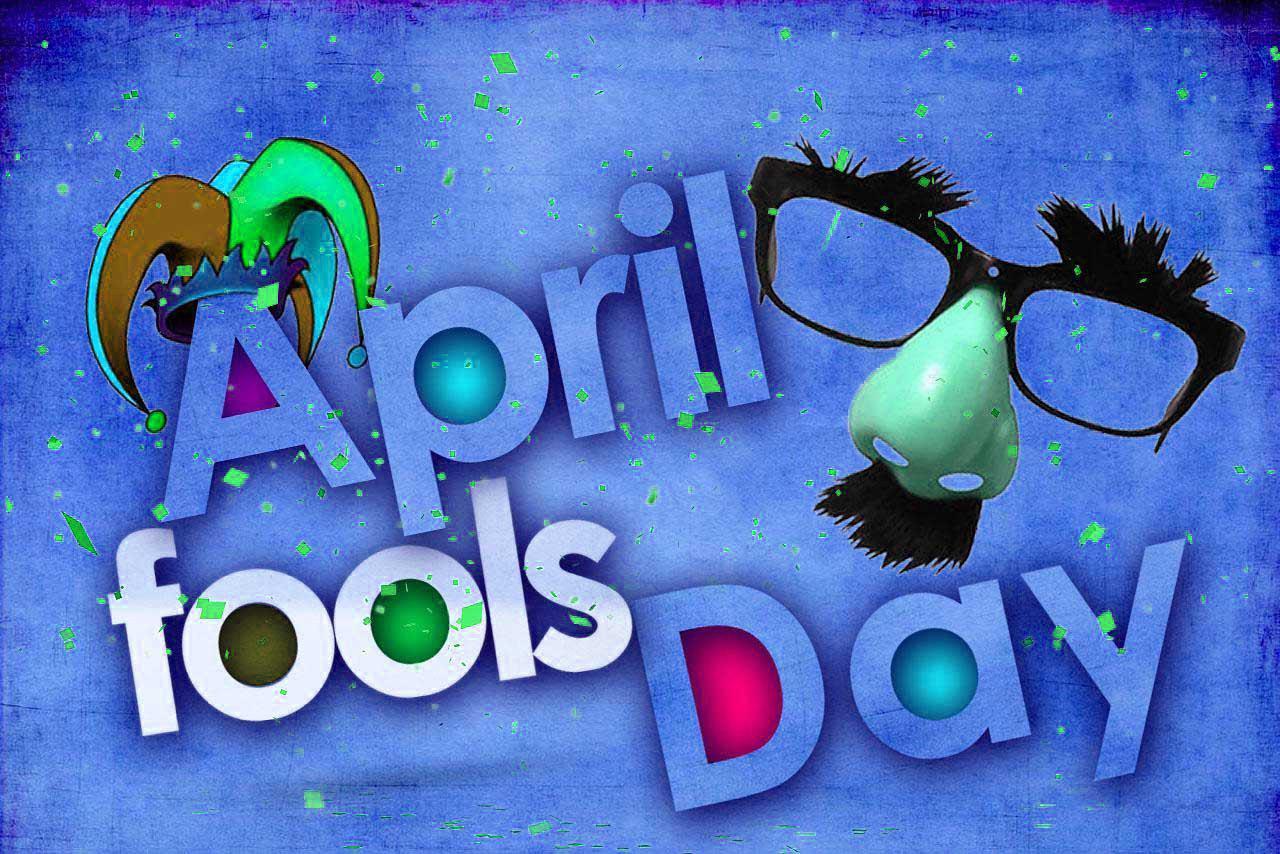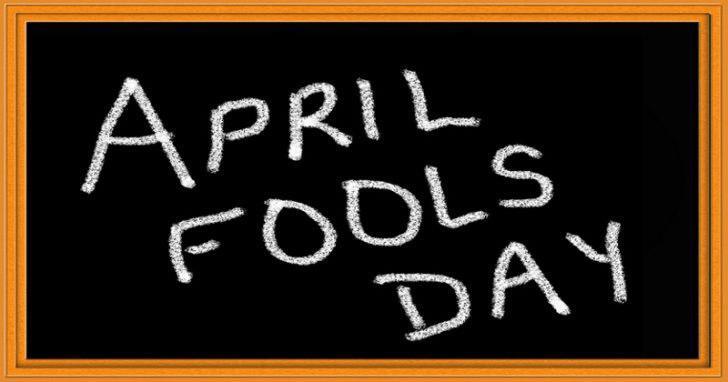Rome, 01 April (Wikipedia) — April Fools' Day (sometimes called All Fools' Day) is an annual celebration in some European and Western countries commemorated on April 1 by playing practical jokes and spreading hoaxes. The jokes and their victims are called April fools.
People playing April Fool jokes often expose their prank by shouting "April fool" at the unfortunate victim(s). Some newspapers, magazines and other published media report fake stories, which are usually explained the next day or below the news section in smaller letters. Although popular since the 19th century, the day is not a public holiday in any country.
Aside from April Fools' Day, the custom of setting aside a day for the playing of harmless pranks upon one's neighbour has historically been relatively common in the world.
A disputed association between April 1 and foolishness is in Geoffrey Chaucer's The Canterbury Tales (1392). In Chaucer's Canterbury Tales, the "Nun's Priest's Tale" is set Syn March bigan thritty dayes and two. Readers apparently understood this line to mean "32 March", i.e. April 1.
However, it is not clear that Chaucer was referencing April 1. Modern scholars believe that there is a copying error in the extant manuscripts and that Chaucer actually wrote, Syn March was gon. If so, the passage would have originally meant 32 days after March, i.e. 2 May, the anniversary of the engagement of King Richard II of England to Anne of Bohemia, which took place in 1381.


